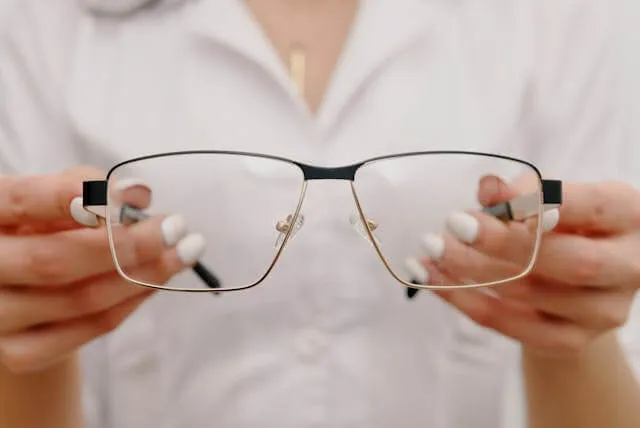What is a Galeazzi fracture?
A Galeazzi fracture dislocation, often associated with distal radioulnar joint dislocation, is a specific type of forearm injury characterized by a distal radius fracture (one of the two long bones in the forearm) and a dislocation of the distal radioulnar joint located near the wrist. This injury typically results from a direct impact or a fall on an outstretched hand. It requires prompt medical attention to realign the bones and stabilize the joint, often necessitating surgical intervention to achieve proper healing.
What is a Monteggia fracture?
A Monteggia fracture dislocation involves a break in the ulna and a dislocation of the proximal radioulnar joint at the elbow, typically presenting as an unstable ulnar fracture. This injury is generally caused by a direct blow to the forearm or falling onto an extended arm. Like the Galeazzi fracture, treatment usually involves surgery to fix the dislocated broken bone and correctly align the joint, ensuring that the radius and ulna maintain their proper relationship.
Galeazzi fracture vs Monteggia fracture
Galeazzi and Monteggia fractures are both types of forearm injuries but involve different bones and joints. Here's a comparison of these two serious forearm fractures, covering causes, necessary diagnostic tests, classifications, examples of how they may occur, and their clinical presentation.
Causes
Both Galeazzi and Monteggia fractures, often leading to unstable fracture scenarios, commonly result from falls with an outstretched hand or direct impacts to the forearm.
Tests needed to diagnose
Diagnosis for both involves physical examinations and imaging tests like X-rays. CT scans or MRIs may be necessary for complex cases to assess the full extent of the injury.
Classifications
The Monteggia fracture is classified by the Bado classification, which categorizes the fractures based on the direction of the radial head, dislocation of the radial, and the type of ulna fracture. A distal radial shaft fracture is often considered in these cases, especially when the injury involves the lower portion of the radius.
For Galeazzi fractures, two classification systems have been proposed. The first system categorizes fractures based on the position of the distal radius. The second system,classifies fractures by stability, which is determined by the distance from the distal radial articular surface.
Examples
Galeazzi fractures often occur when a person tries to break a fall with outstretched hands, while Monteggia fractures can result from more direct trauma to the back of the forearm.
Clinical presentation
Patients with Galeazzi fracture dislocations may notice deformity and instability around the distal wrist due to the distal radioulnar joint dislocation, whereas a Monteggia fracture typically shows more obvious elbow deformity. Both conditions can severely restrict arm movement and cause considerable pain and swelling.
What's the importance of learning the difference?
Understanding the difference between various concepts, approaches, or techniques in any field is crucial for several reasons. It enables precision in communication, ensuring that all parties involved clearly and consistently understand. This is essential in avoiding misunderstandings that could lead to errors, inefficiencies, or conflicts.
Moreover, learning the differences enhances decision-making. When you know the nuances between options, you can make more informed choices aligned with your specific objectives or the unique needs of patients in a specific situation.
Key takeaways
A Galeazzi fracture involves a break in the radius accompanied by a dislocation of the distal radioulnar joint near the wrist. In contrast, a Monteggia fracture consists of a fracture in the ulna with a dislocation of the proximal radioulnar joint at the elbow. Understanding these distinctions is crucial for accurate diagnosis and appropriate treatment.
Effective communication in healthcare ensures that all professionals remain aligned, reducing the risk of errors and improving patient safety. Clear and concise information-sharing among healthcare providers plays a vital role in delivering optimal care.
Informed decision-making is critical in healthcare, enabling professionals to choose the most appropriate treatment for each injury. Well-informed choices can significantly influence patient outcomes, improving recovery and reducing complications.









.jpg)

.jpg)



.webp)


.webp)

.webp)

















